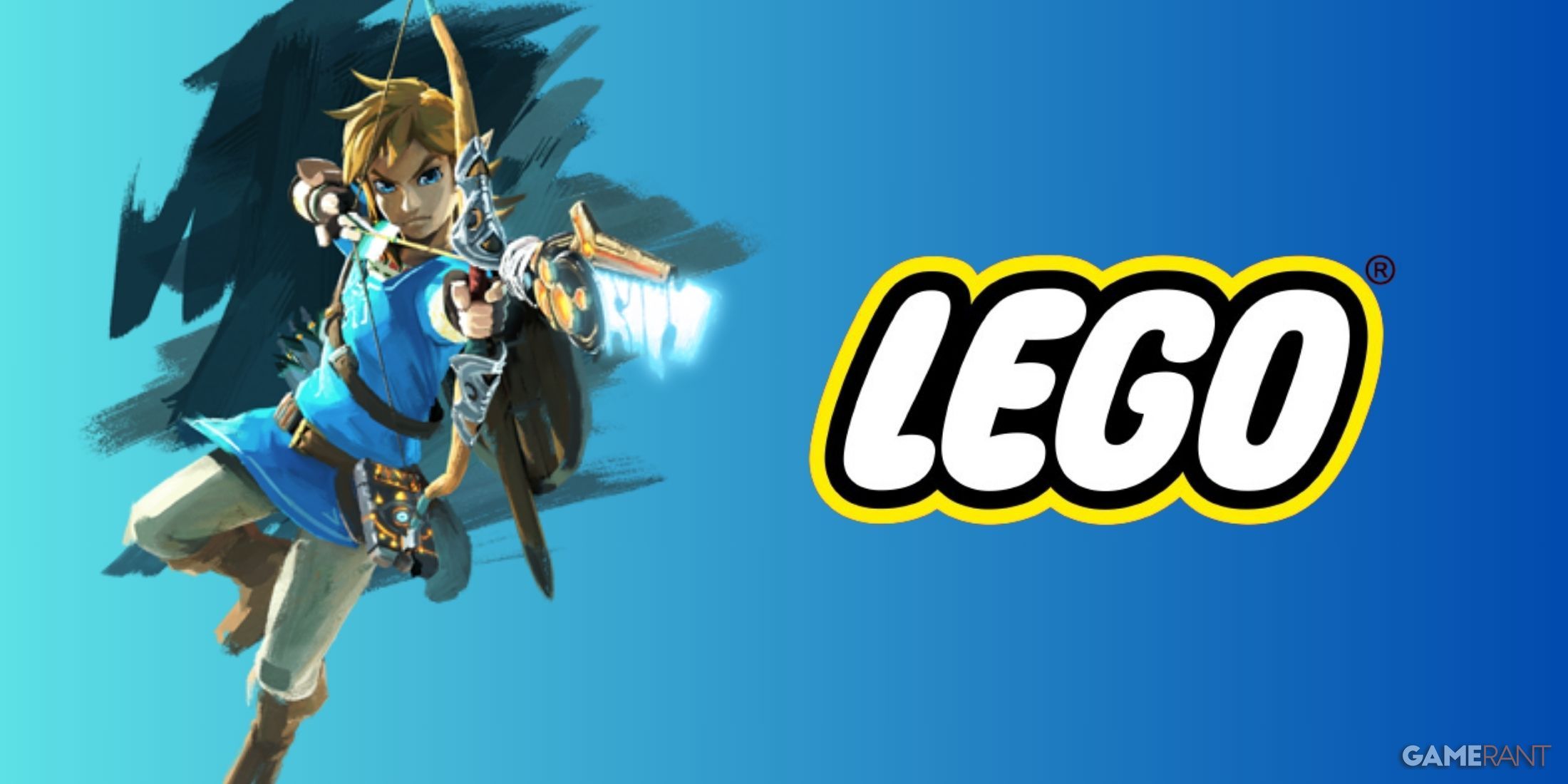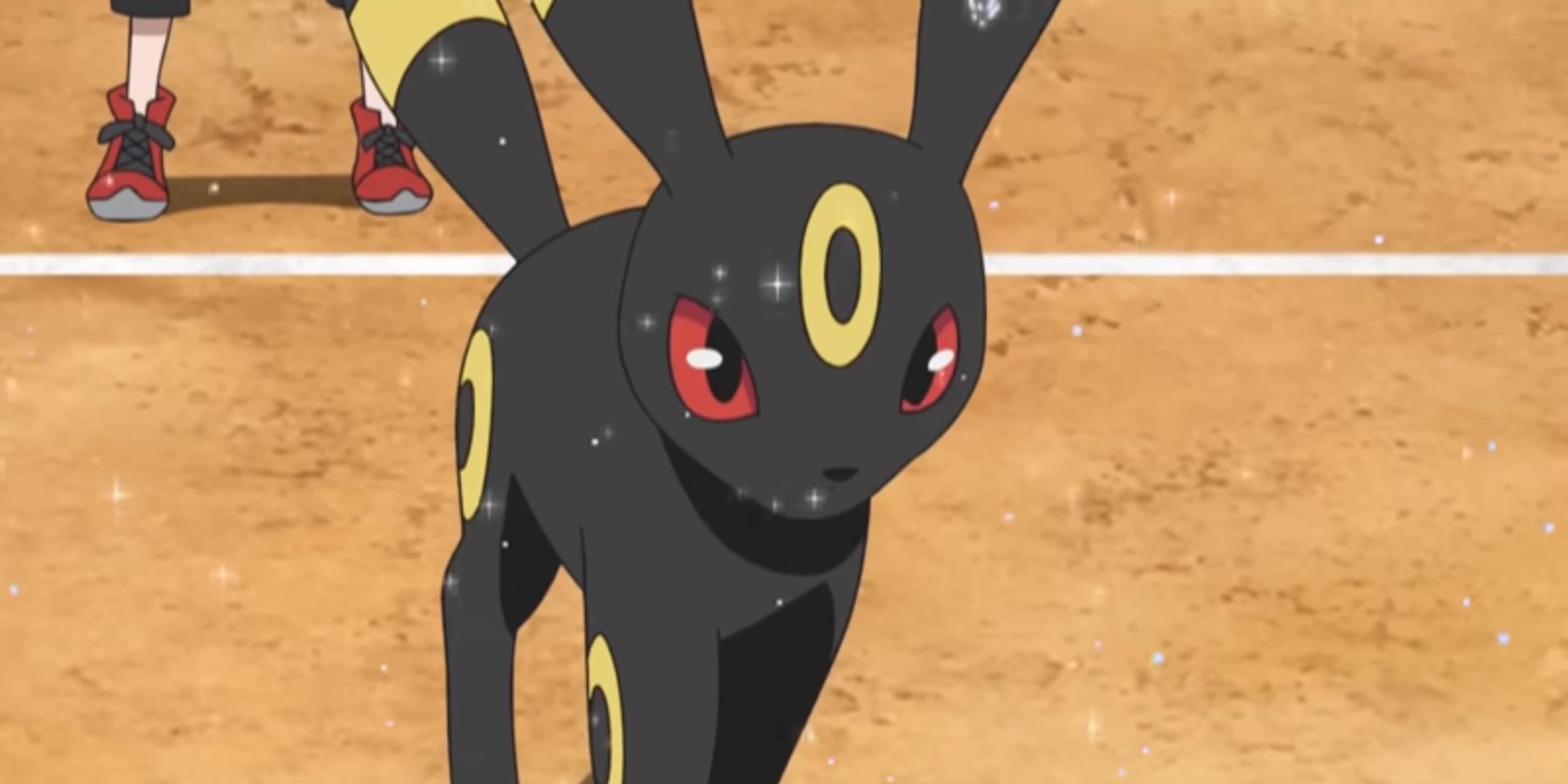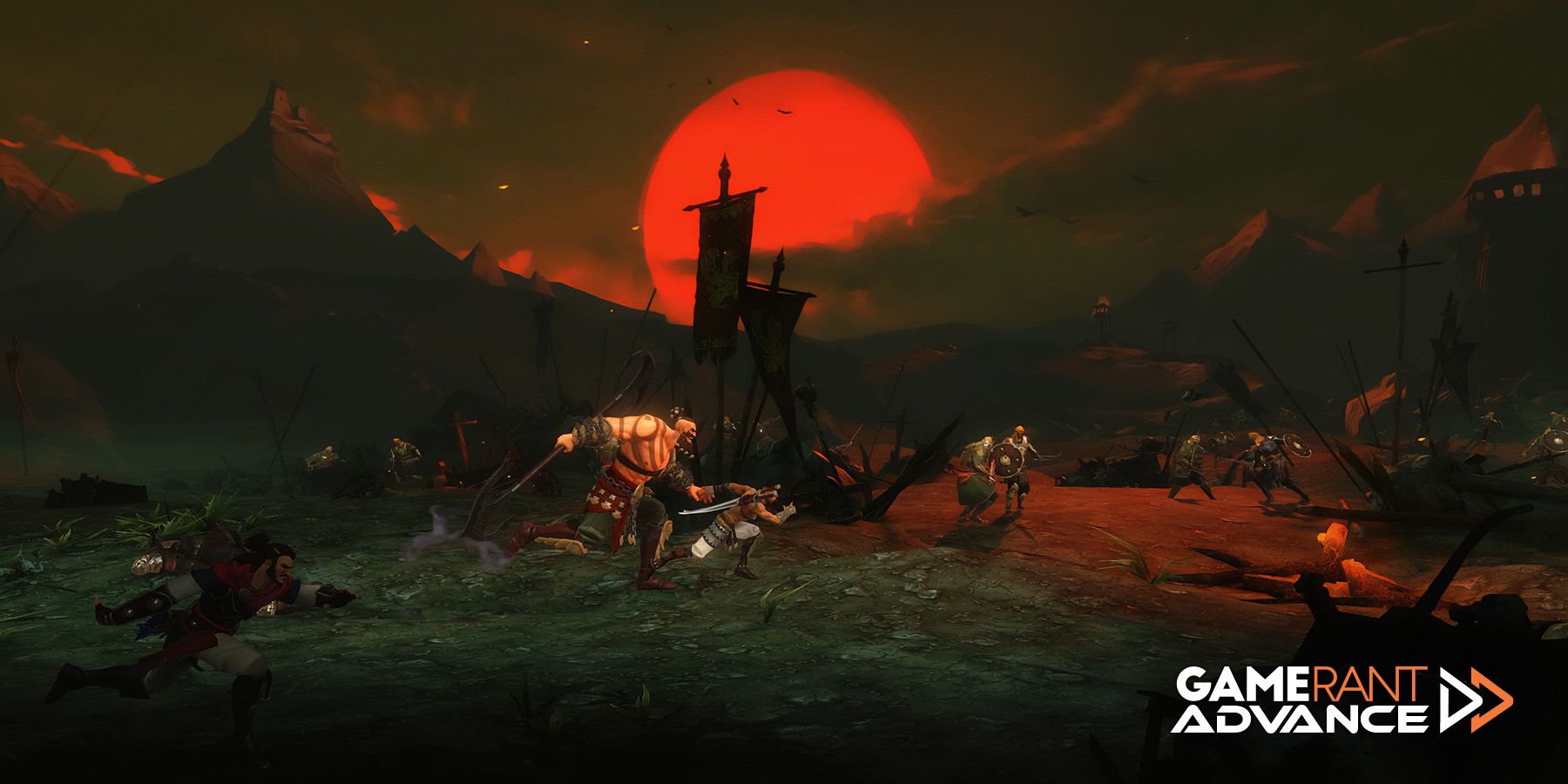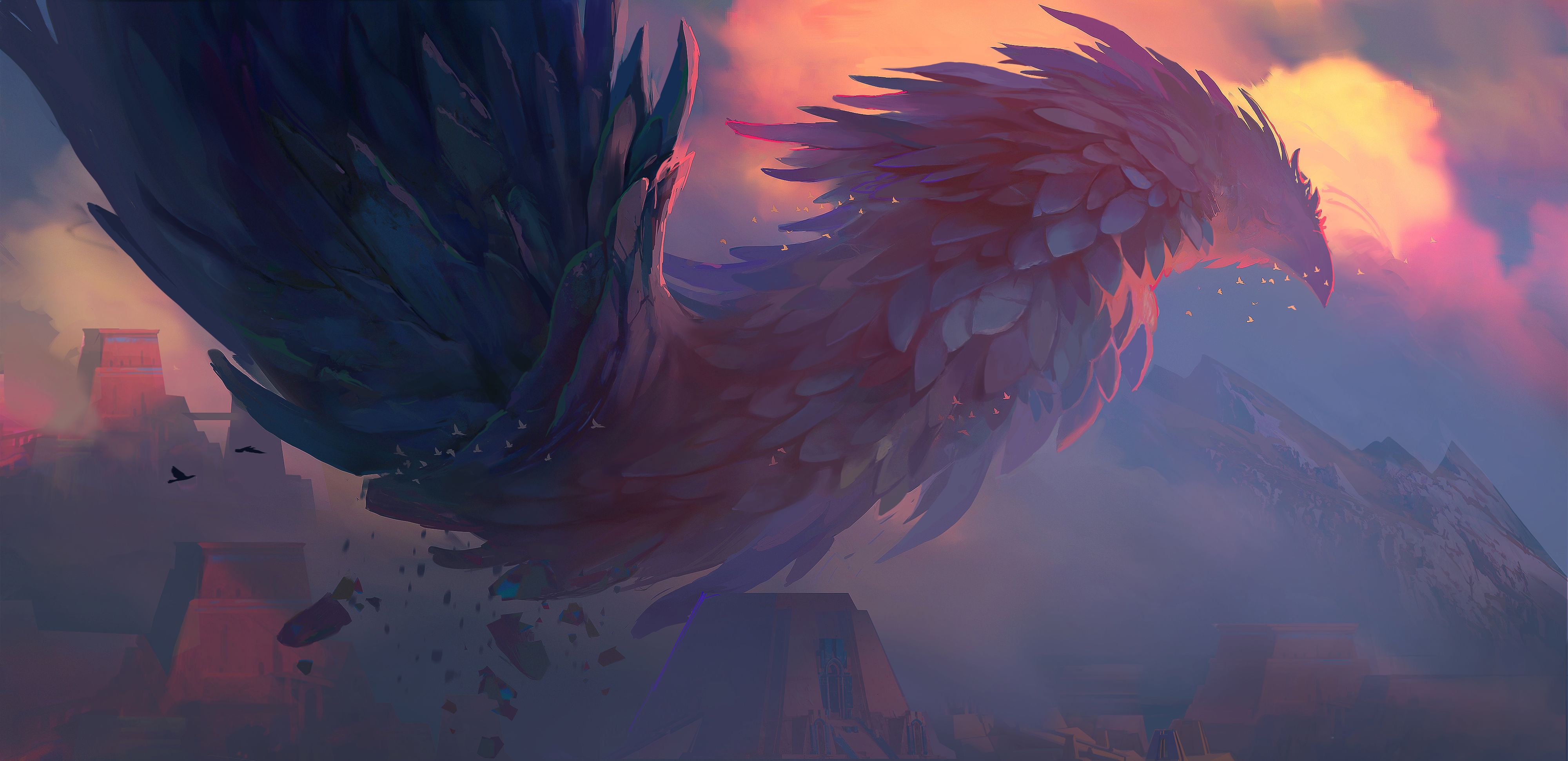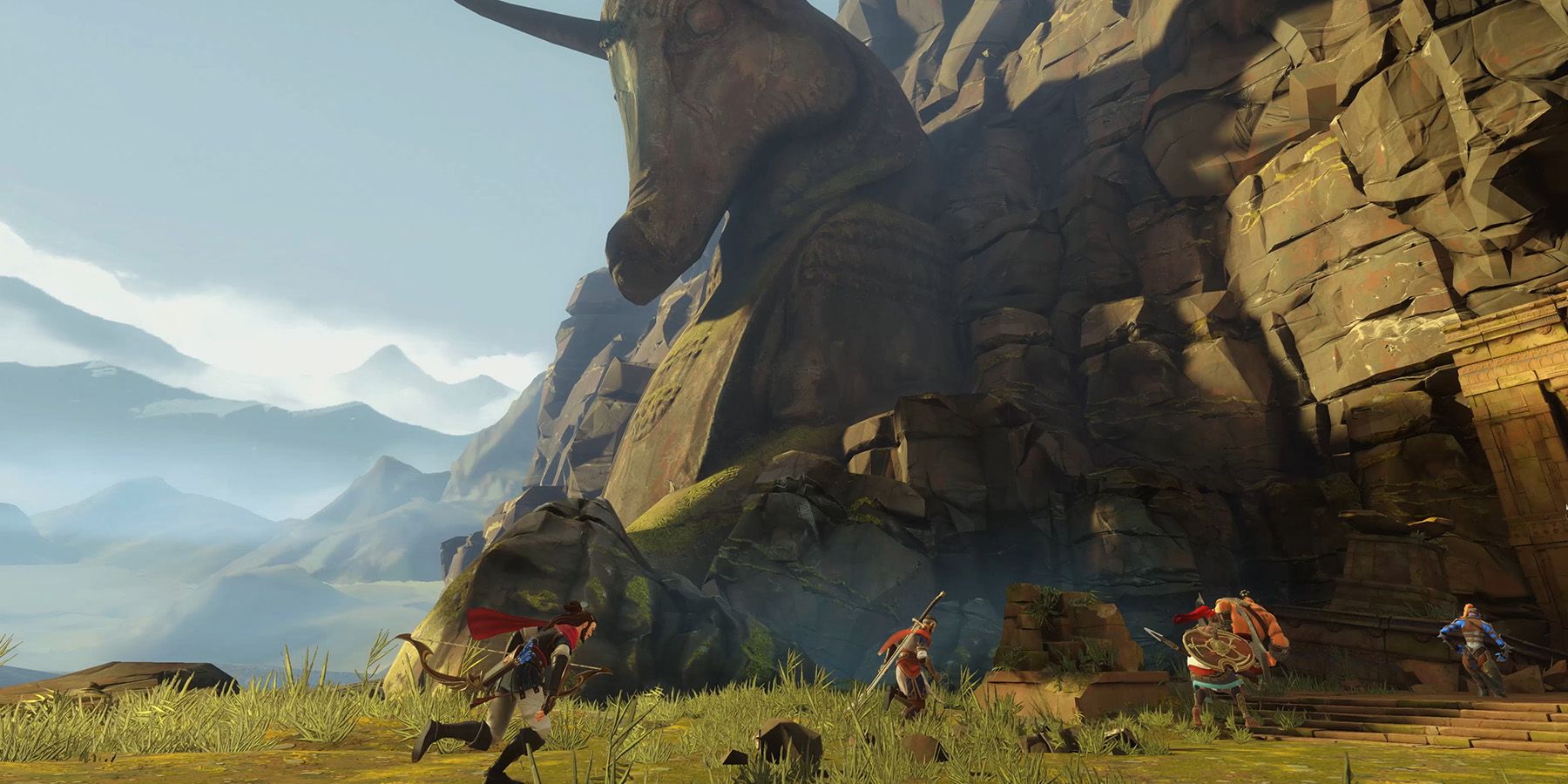Prince of Persia: The Lost Crown's setting takes place in the mythological world of Mount Qaf, a legendary landscape steeped in folklore and a mysterious curse. As one of the most anticipated games of 2024, many players may be eager to know more about the lore behind Mount Qaf and how it came to be a cursed land, especially with players taking on the role of Sargon in rescuing the kidnapped Prince Ghassan.
In a recent interview with Game ZXC, we spoke with narrative and animation director Jacques Exertier and art director Jean-Christophe Alessandri about the lore of Mount Qaf in Prince of Persia: The Lost Crown. Our conversation covered everything fans may want to know as they dive in, including a couple of biomes, the general level design approach, and the lore that surrounds Mount Qaf.
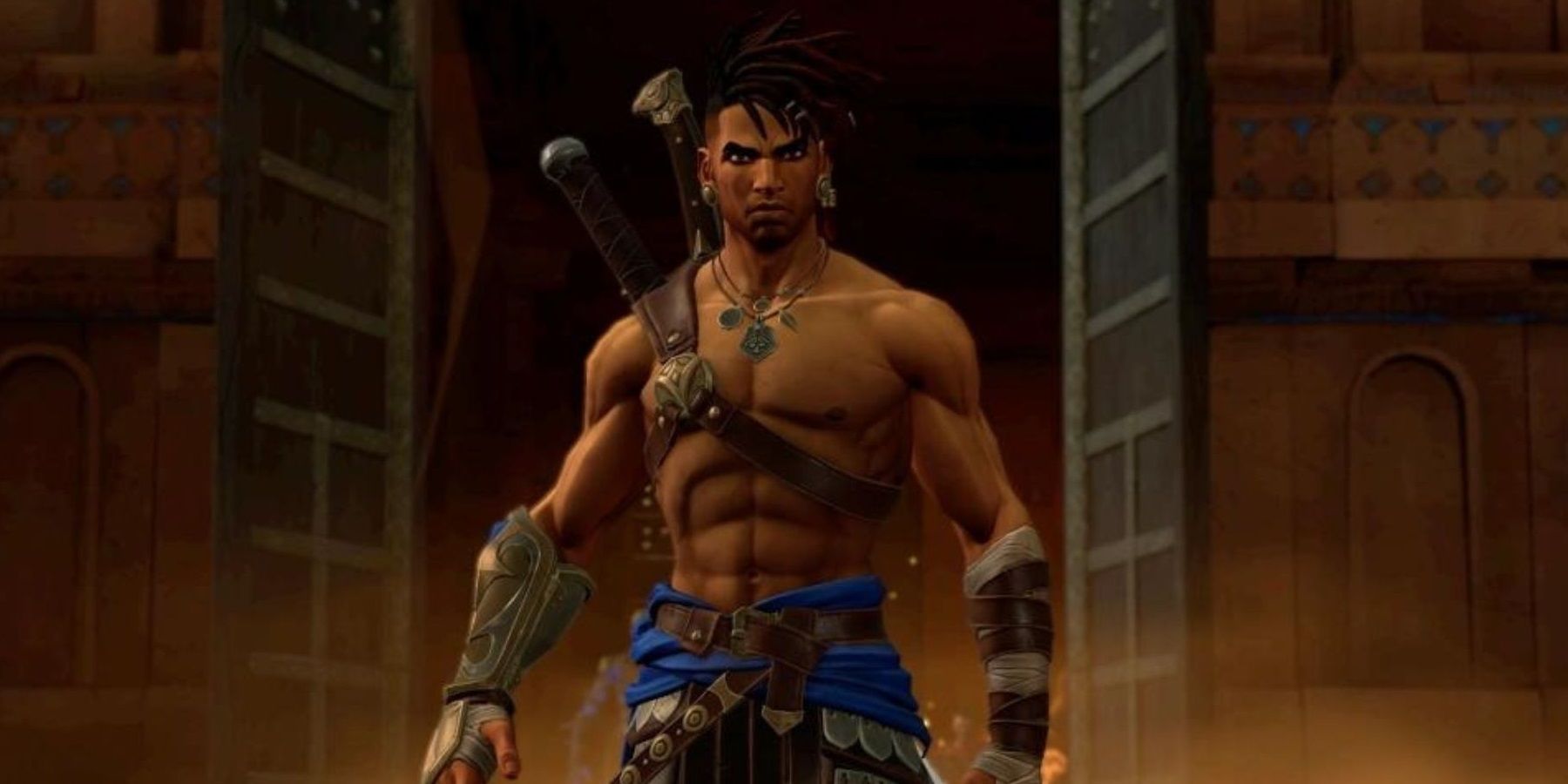
Prince of Persia: The Lost Crown - The Importance of Mount Qaf Explained
Prince of Persia: The Lost Crown's setting will feature a significant mythological landmark from Middle Eastern folklore and legend.
Prince of Persia: The Lost Crown's Lore of its Mount Qaf Setting
Exertier explained that Mount Qaf is "an iconic location in Persian mythology" where in Prince of Persia: The Lost Crown resides "the Simurgh, the immense divine bird protecting the kingdom." The Simurgh's power protected the Persian people, while the glory of the Mountain itself contributed to Persian domination and power within the area. However, about 30 years before the start of the game, a mysterious curse befell the mountain. No one has returned alive from it since, adding to the urgency of the Immortals' rescue mission, and the Simurgh left the mountain and the Persian people behind. The result has been a weakening of Persia, which is the context players encounter in the game.
The Lower Citadel and Hyrcanian Forest
Gameplay footage of Prince of Persia: The Lost Crown seen so far depicts several rich and exotic locations for Sargon to traverse, including the Hyracian Forest near Mount Qaf's Lower Citadel, a forest Exertier added still exists in Iran today with its "...lush flora and fauna far from the desert landscapes often associated with Persia." Exertier also gave a flavor of what players can expect from the Lower Citadel and its population,
The Lower Citadel was a lively place where merchants, artisans, and travelers from all satrapies (Persian Empire’s provinces) gathered.
The Sacred Archives and Citadel of Knowledge
Above the Lower Citadel lies the Sacred Archives, a domain Exertier described as dedicated to preserving human knowledge, like Astrology and Algebra. Mount Qaf's slopes also include the Citadel of Knowledge.
The Upper Citadel
The Upper Citadel features the palace erected by Darius, King of Kings, who ruled Persia from 522-486 BCE in real-world history. This area could potentially contrast lavishly with the deepest parts of Mount Qaf that could delve deeper into history, something Exertier added features "traces of civilizations long gone, predating the human species."
Mount Qaf Level Design and Time in Prince of Persia: The Lost Crown
Sargon unlocks various time powers throughout the game, while the core antagonist wields the iconic Sands of Time. The environment, however, has some time play as well, adding even more to the core platforming design of the game. As Alessandri explained,
The player will gradually discover how cursed this place is through what we call "time glitches," events where time and space are disrupted. In concrete terms, this allows us to play with "disturbed" natural phenomena, or in certain scenes, to transition from a "frozen to unfrozen" state instantly, leading to a radical change in topology and offering a new configuration to the player within the same playground.
Overall, Prince of Persia: The Lost Crown could be just what the franchise needs with its Metroidvania, lore-steeped world. Every core pillar comes to life in Mount Qaf, but not always in ways players have come to expect, making this title an exciting entry in the franchise on face alone.
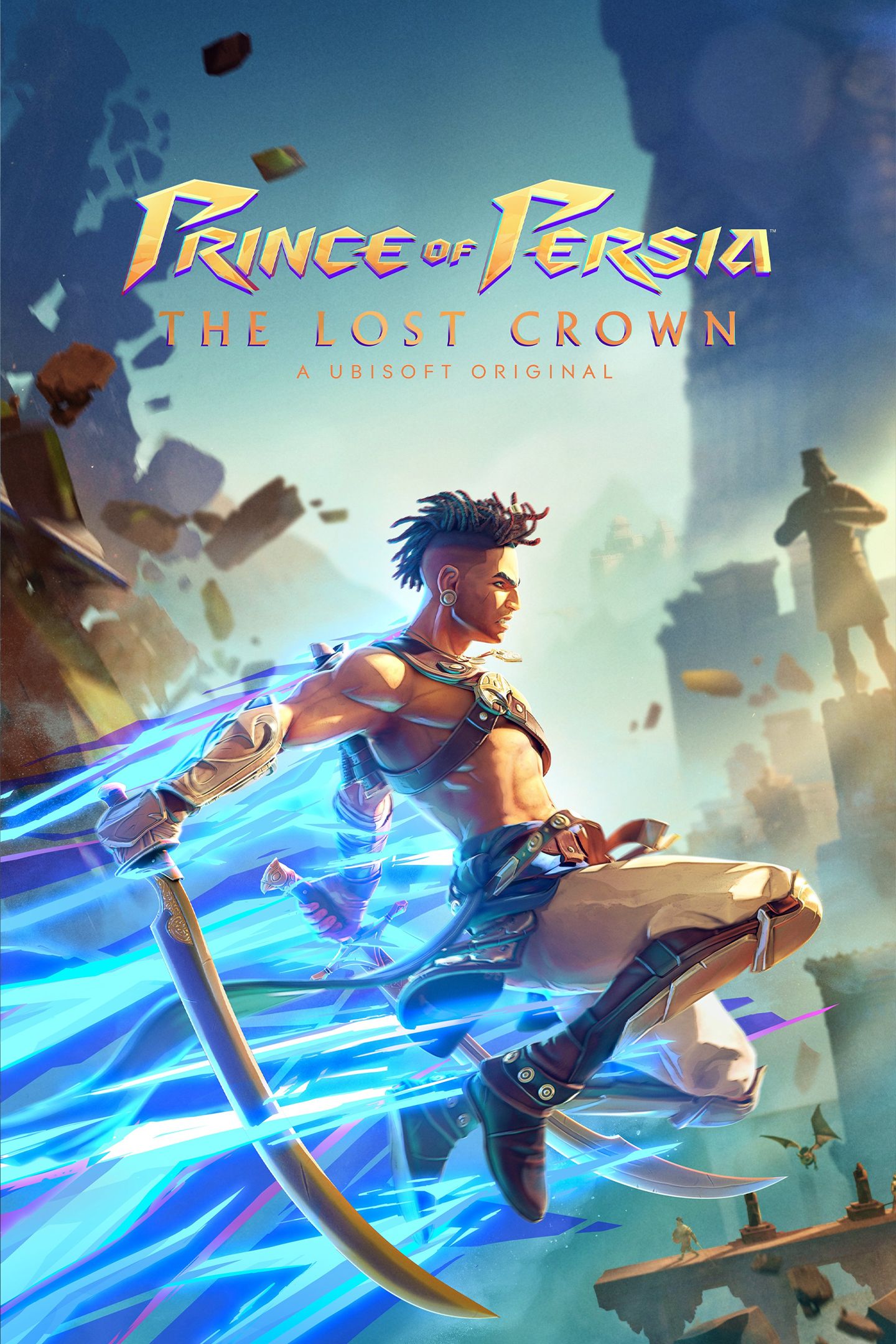
Prince of Persia: The Lost Crown
Ubisoft's The Prince of Persia: The Lost Crown is a throwback to the franchise's early 2D days, albeit with a heavy focus on stylish combat. Inspired by Persian mythology and set on Mount Qaf, the game features platforming, parkour, action, and storytelling.
- Franchise
- Prince of Persia
- Platform(s)
- PC , PS5 , PS4 , Xbox Series X , Xbox Series S , Xbox One , Switch
- Released
- January 18, 2024
- Developer(s)
- Ubisoft Montpellier
- Publisher(s)
- Ubisoft

